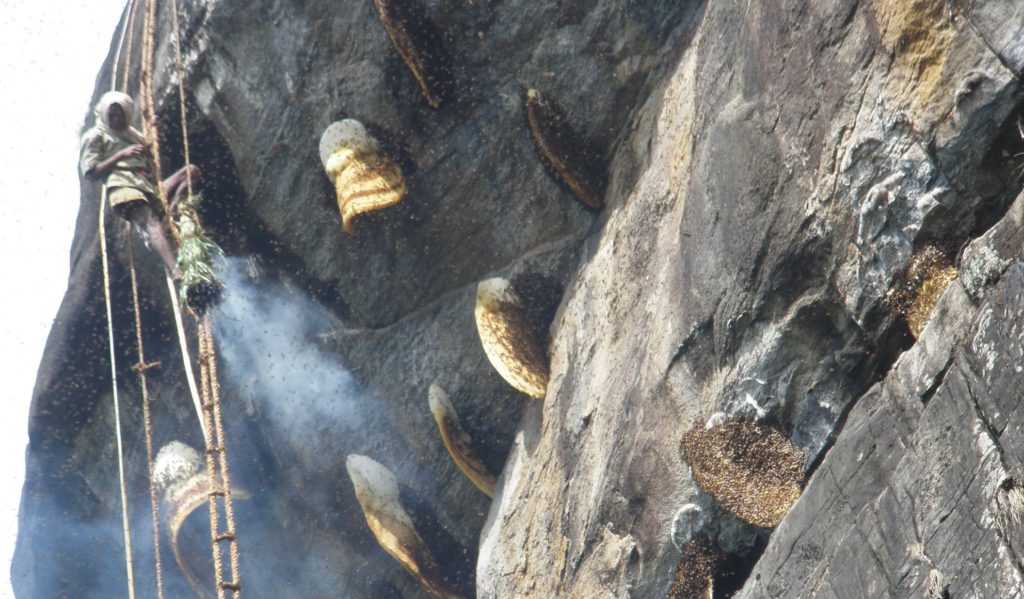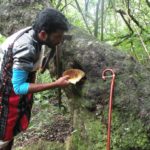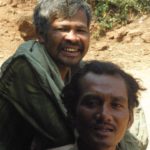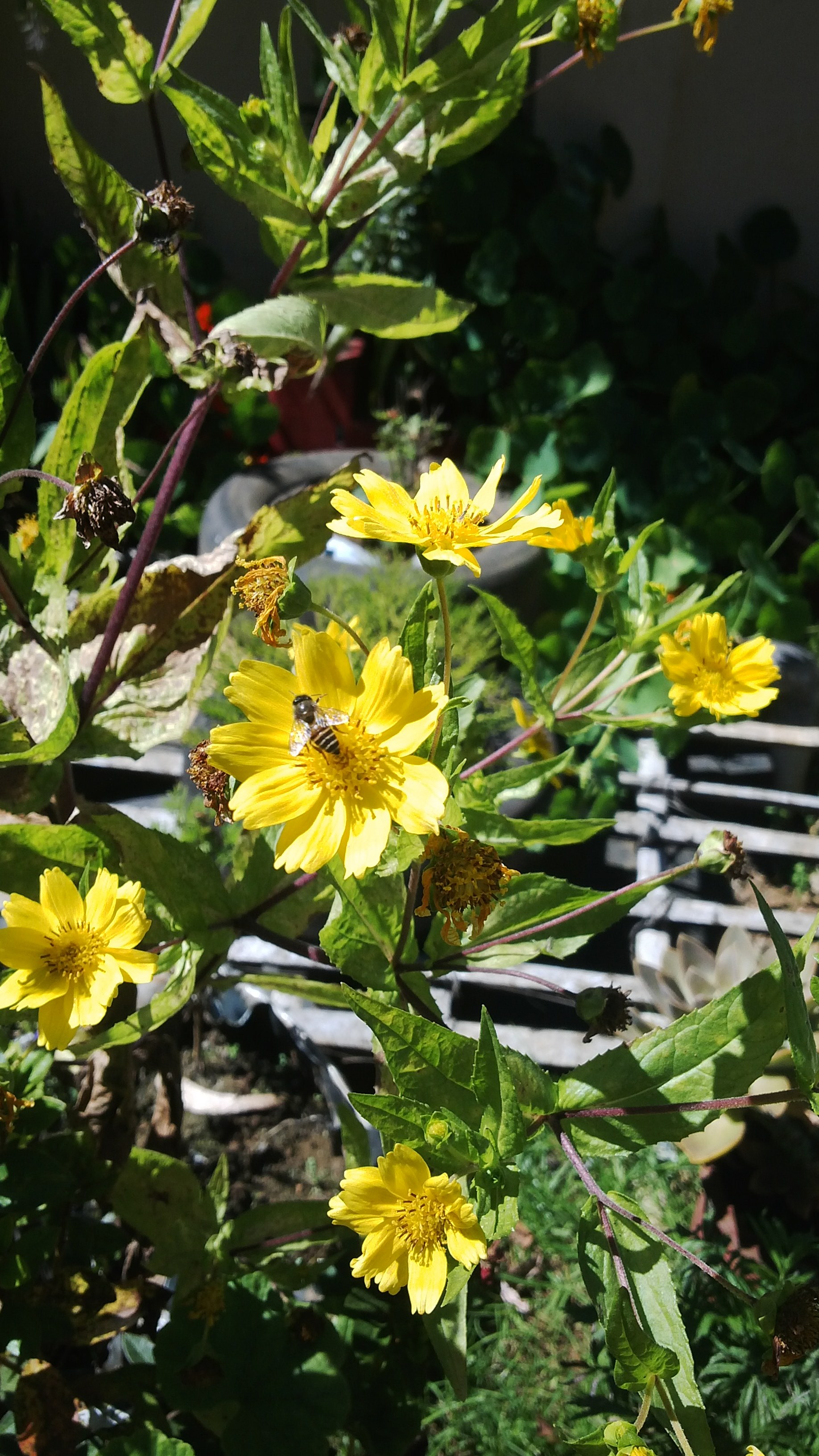Shōliga is an ethnic group of India Its members inhabit the Biligiriranga Hills and associated ranges in southern Karnataka, mostly in the Chamrajnagar and Kollegal districts and the Nilgiri and Erode districts of Tamil Nadu. The Sholiga speak the Sholaga dialect which belongs to the Dravidian family. They have a population of around 20,000 individuals. There are about five subgroups – Male Sholiga, Urali Sholiga, Burudu Sholiga, Kadu Sholiga and Pujari Sholiga. The Sholiga community used to practice shifting cultivation earlier but have more or less given up this practice now. They grow Ragi or finger millet (Eleusine coracana) for subsistence.
The Sholiga’s main source of income is harvesting and sale of non-timber forest produce (NTFP) like honey, nellikai (gooseberry) and paasi (Lichen). They also proficient at bamboo craft and make baskets and furniture using bamboo. Active Government and NGO initiatives are increasing ‘mainstreaming’ the community and many have been given lands closer to ‘civilised areas’ and most of the forest-dwelling population have been brought together into clusters called podus.
Most of the forest area they stay in is protected under the Indian Wildlife Protection Act, 1972. The Biligirirangan Hills is a Wildlife Sanctuary, the Malai Mahadeswara Hills is a Reserve Forest, and Bandipur is a Tiger Reserve. The Sholiga community’s rights on harvesting NTFP is being sought through the recently implemented Forest Right Act. They practice traditional mixed millet food farming which includes exclusive varieties of little millets and maize other than pulses, cereals, greens, vegetables and tubers. Indigenous breeds of cattle and buffalo are reared in large herds using the forest pen system. Underground granaries are used to store millets. The community is also involved in collecting forest produce like honey, amla, shikakai, bellerica, chebula, lichens, soap berries and phoenix leaves for a living. Keystone has involved them in afforestation activities through village forest councils and forest developmental activities are implemented by eco-development committees created by the Forest Department.
Sources: 1. Nath et al. (2007). Honey Trails in the Blue Mountains. Keystone Foundation
2. Wikipedia




